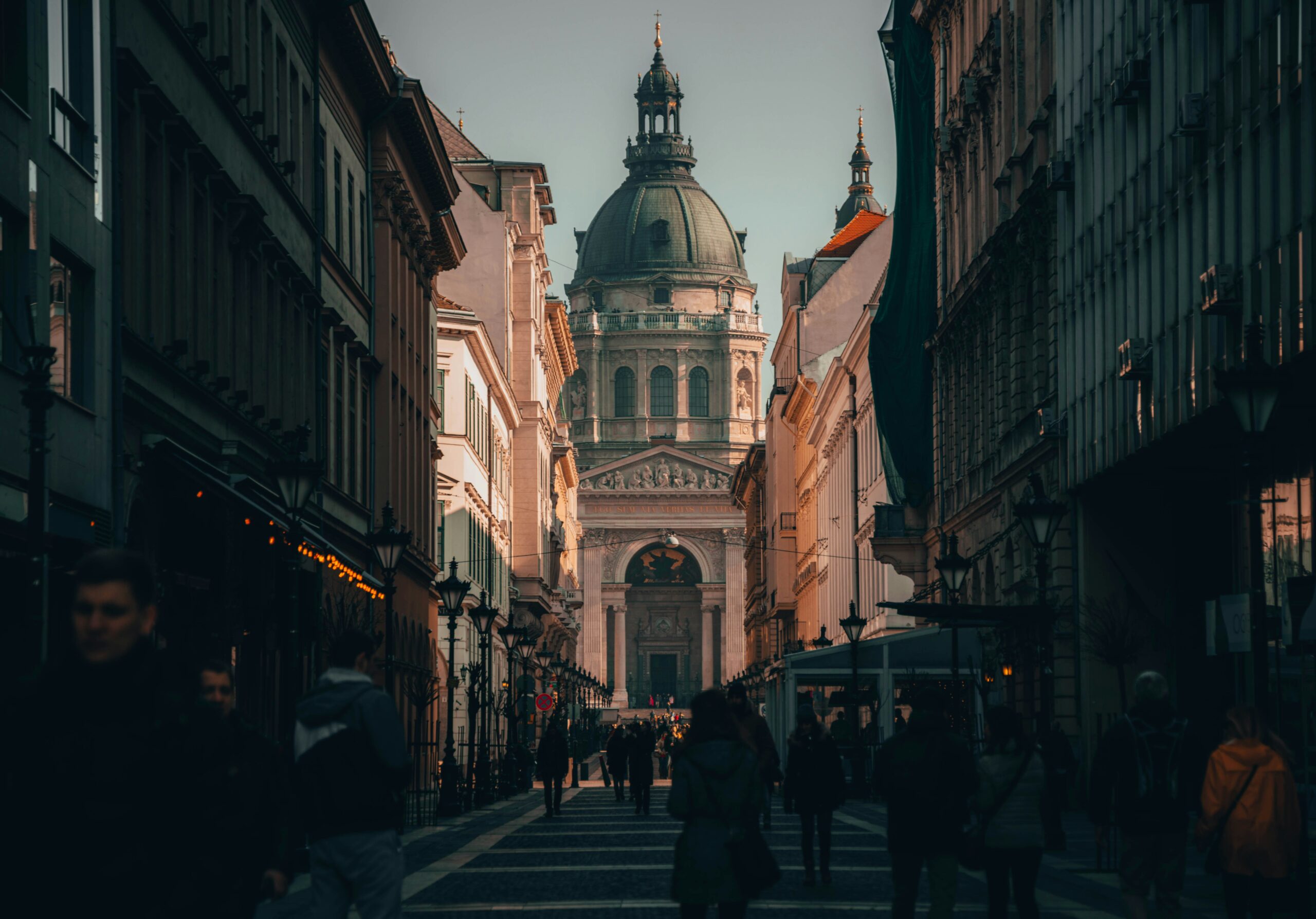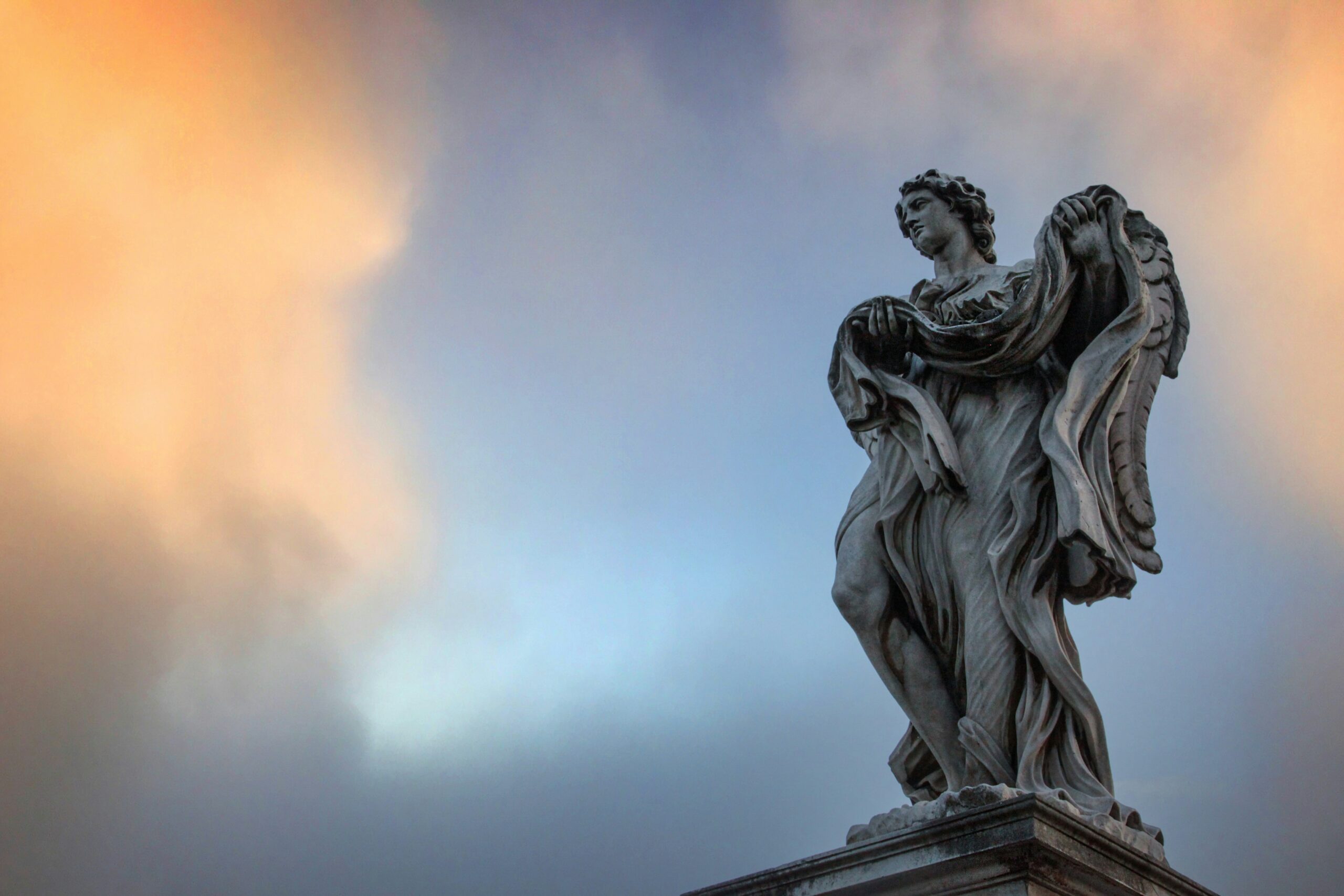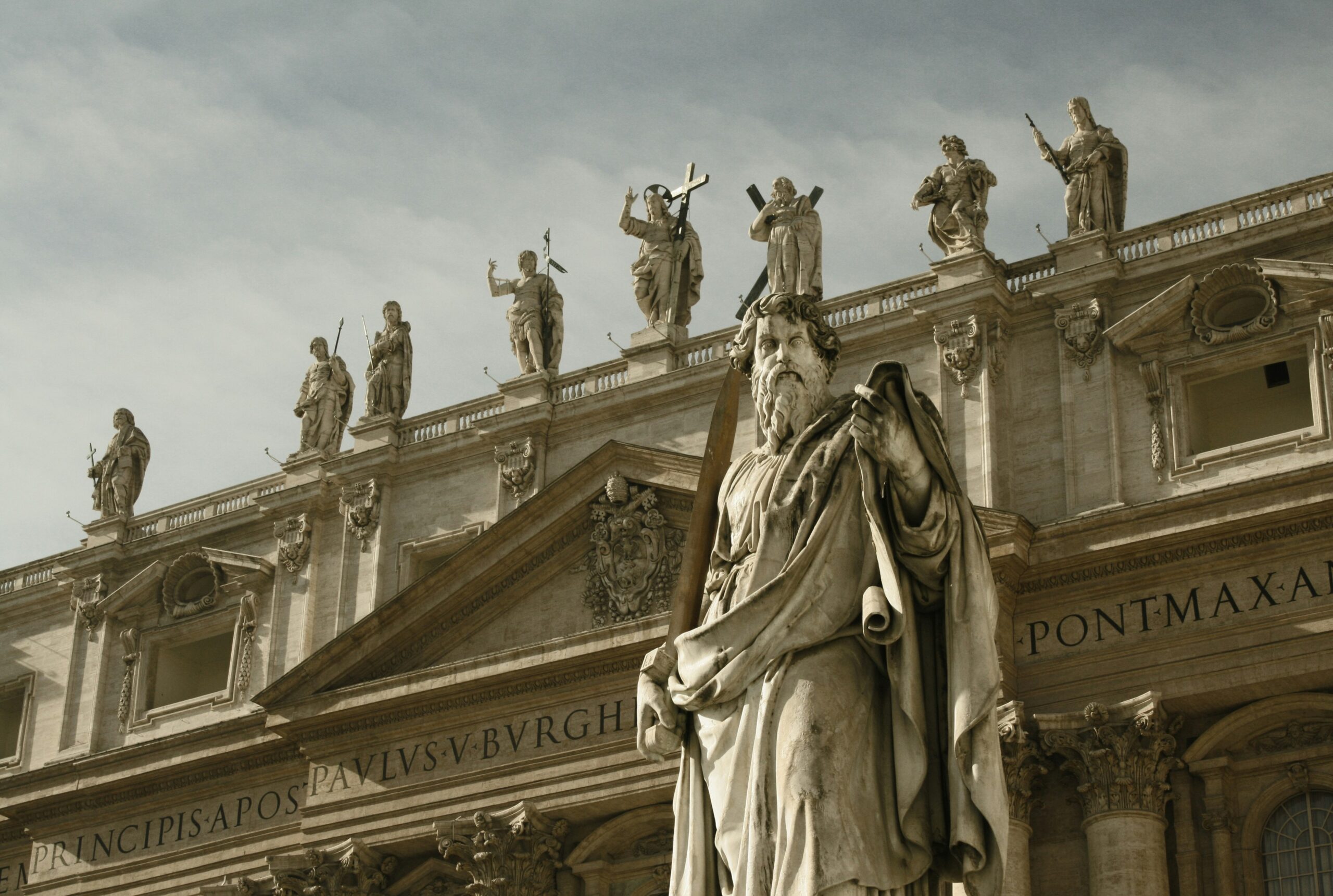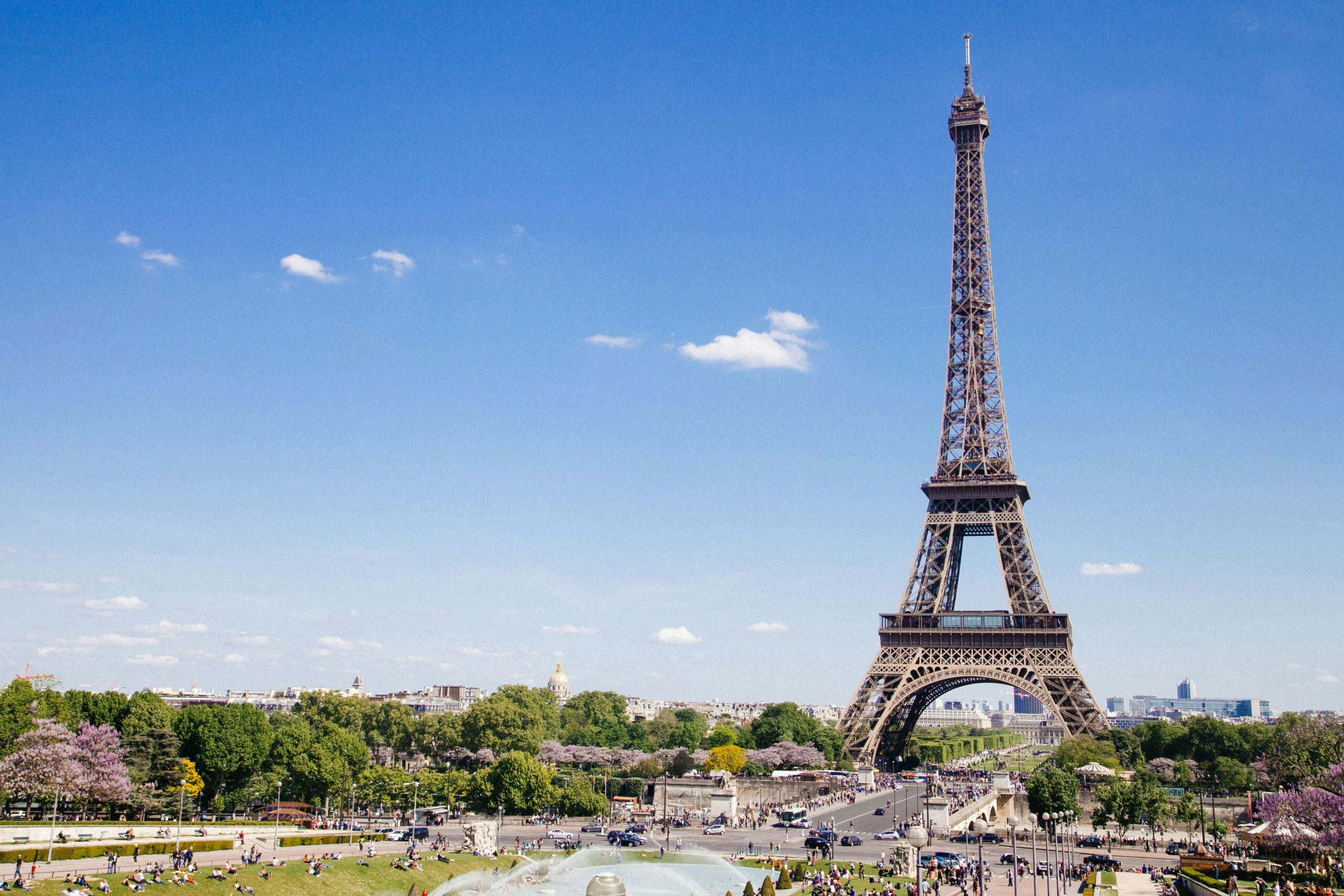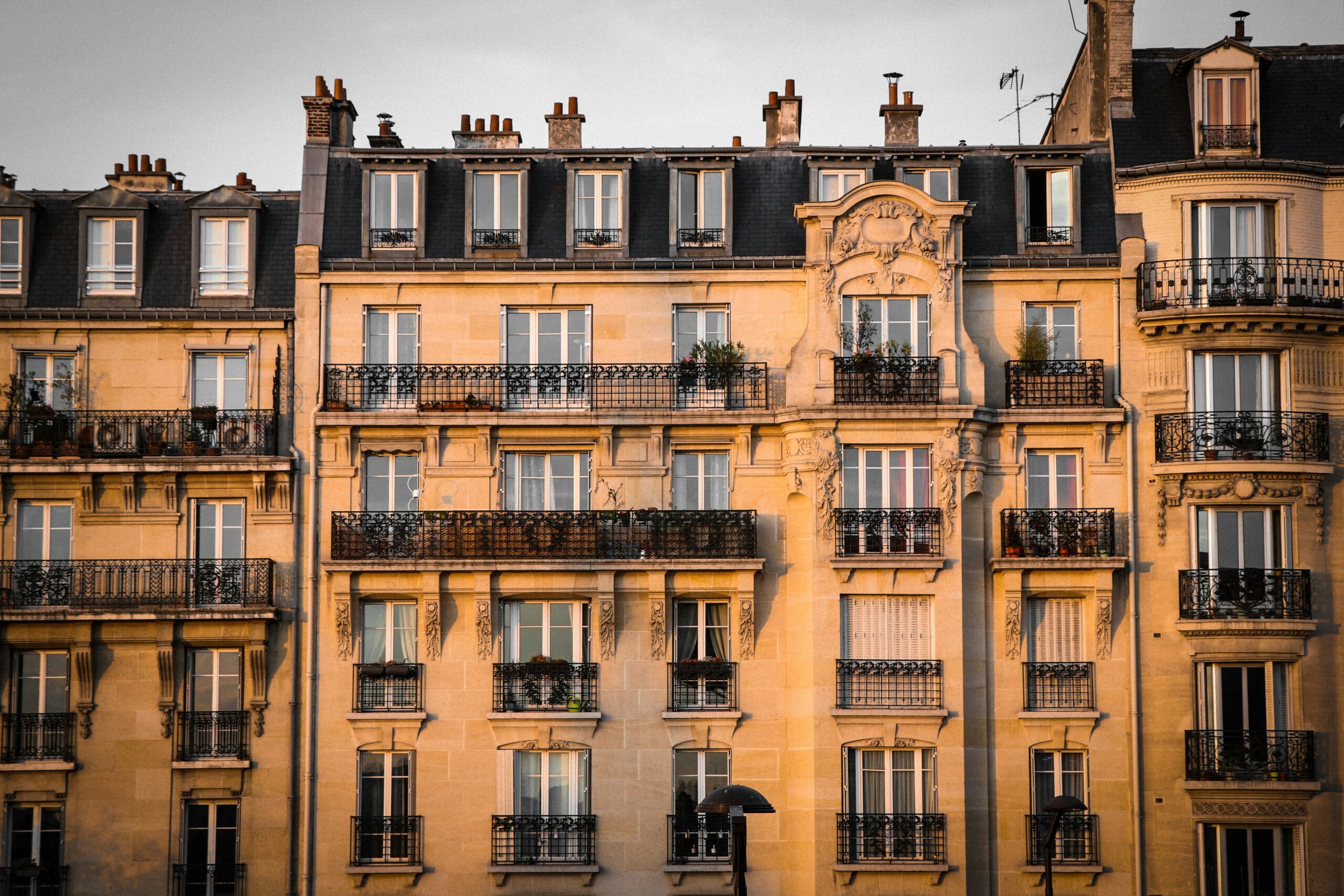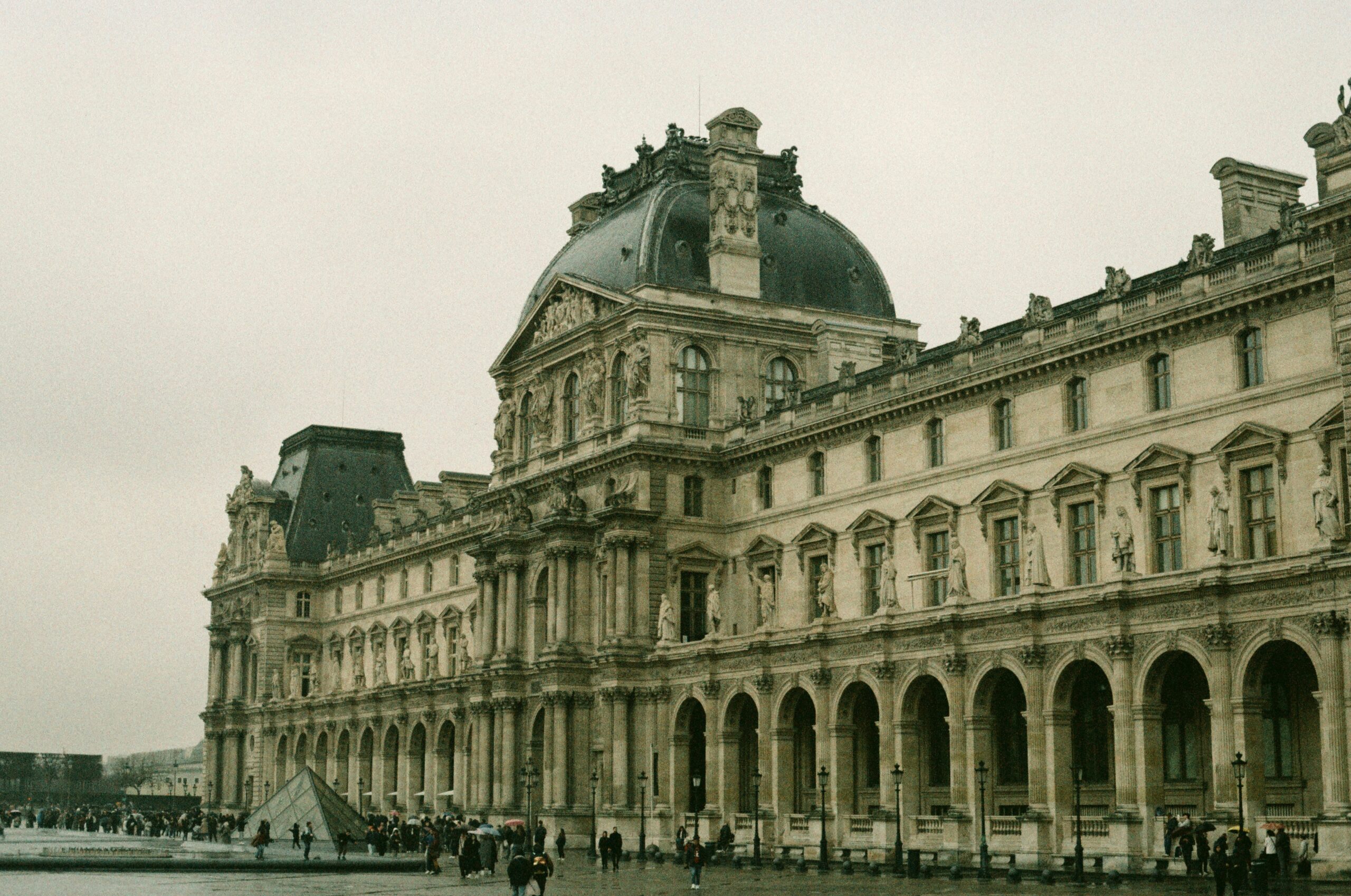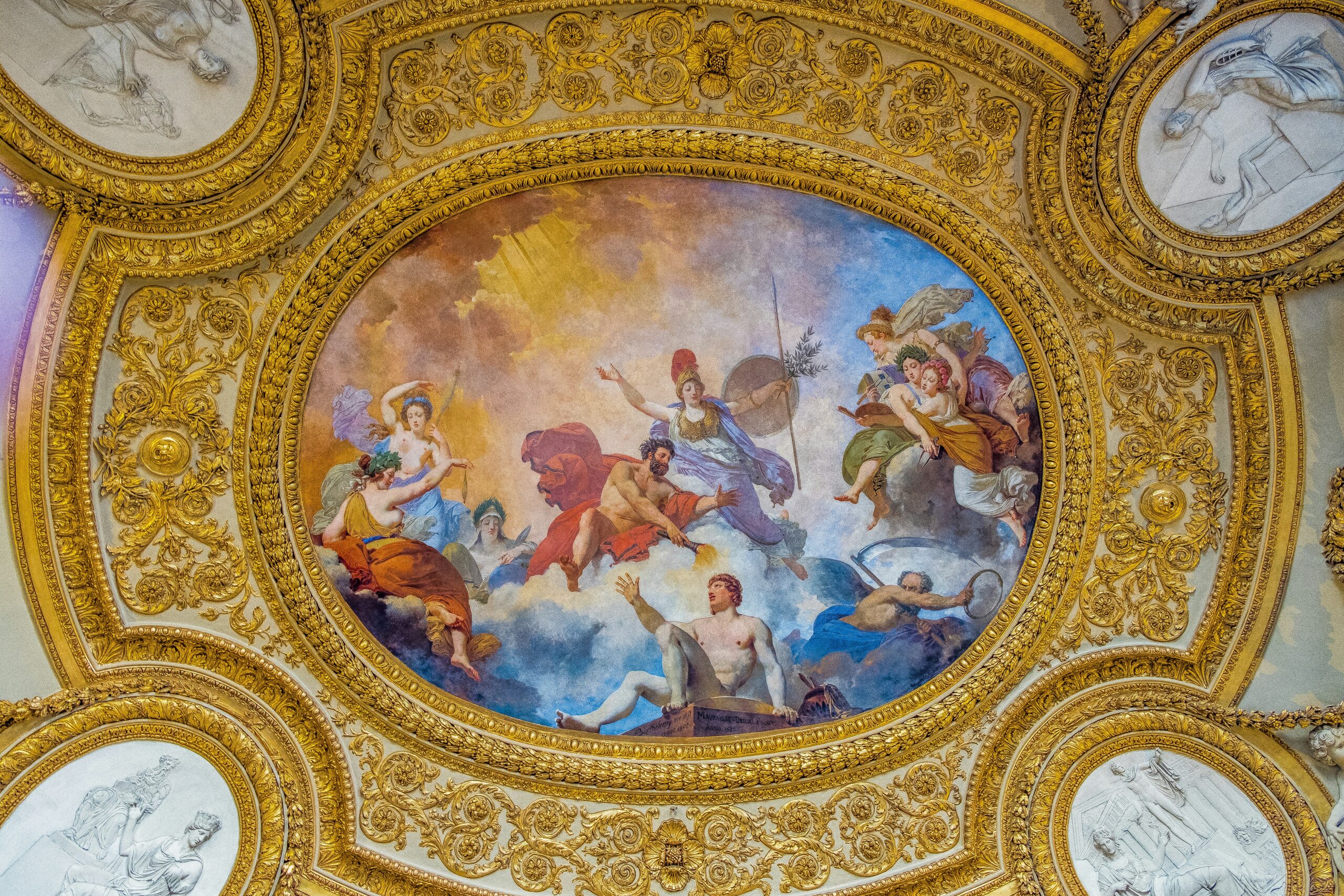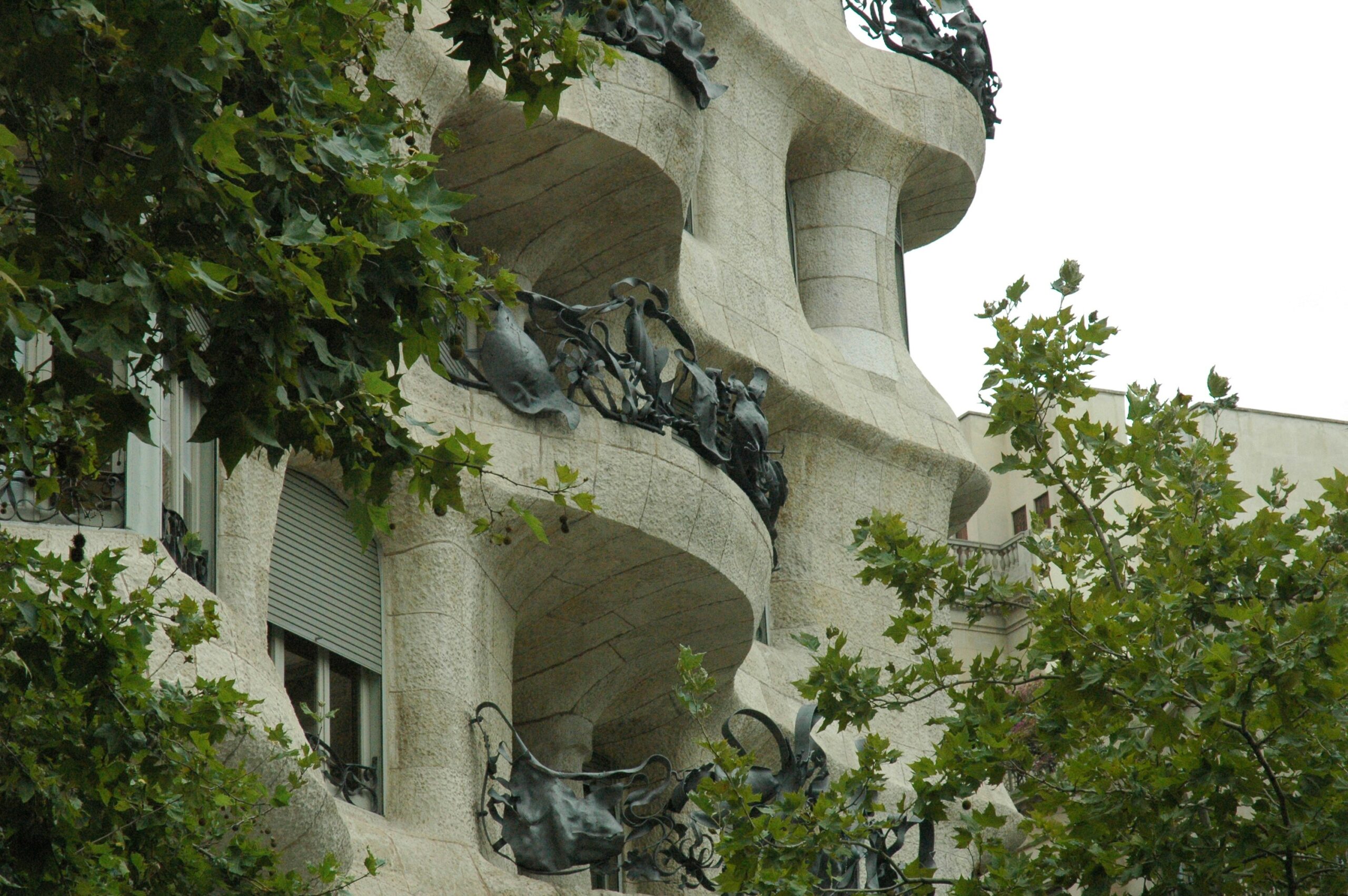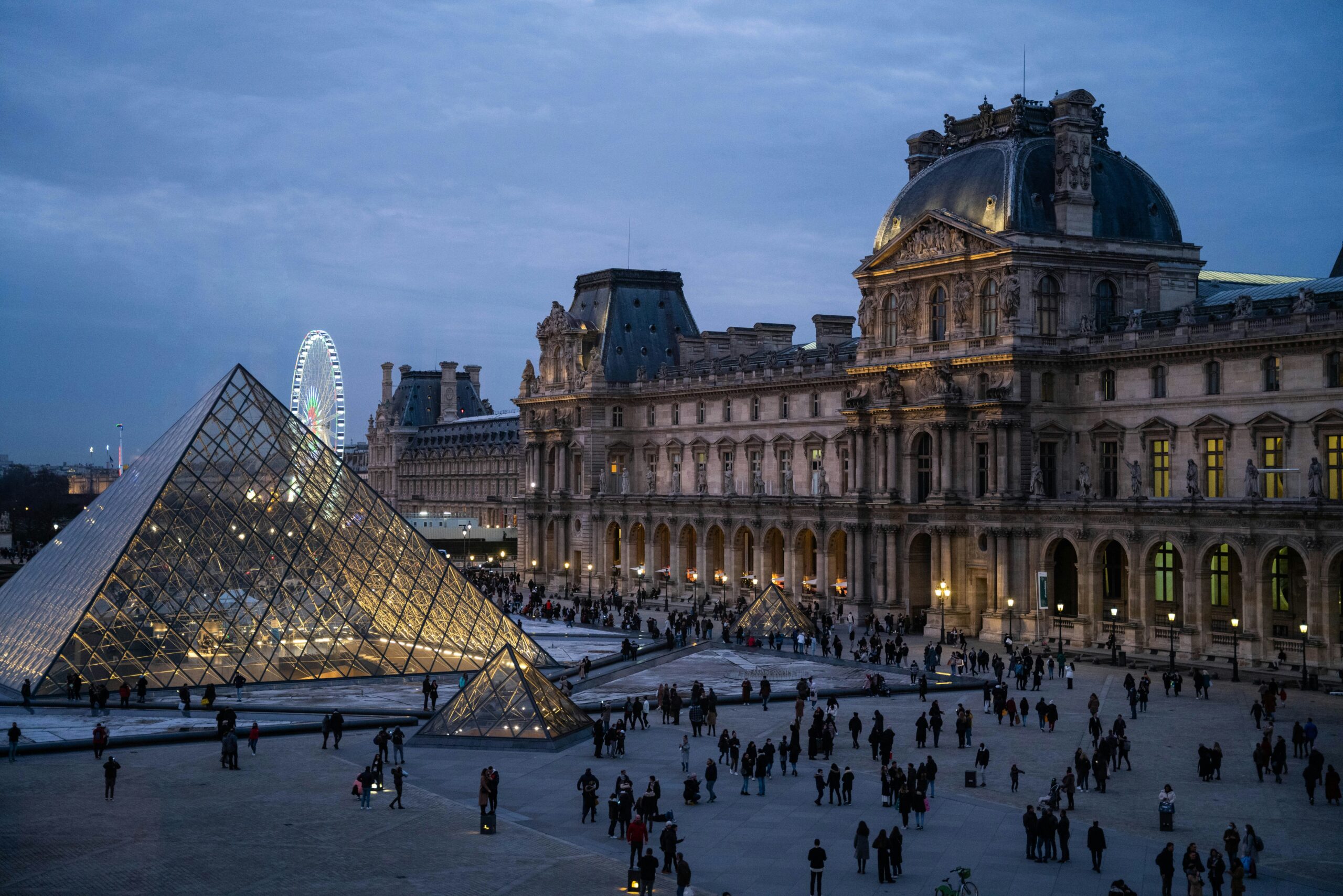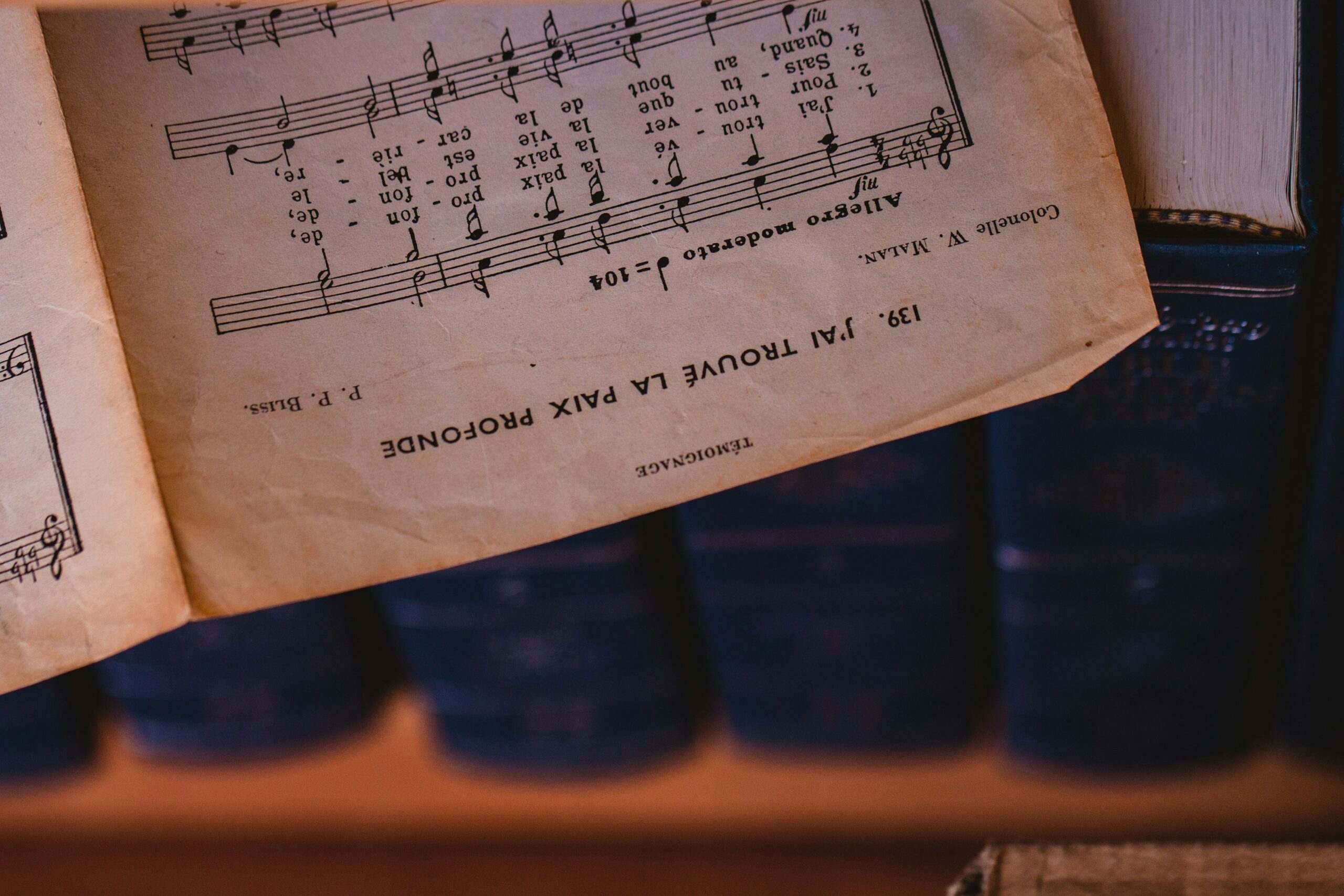French Art and Literature | A Timeless Cultural Legacy
French Art and Literature | A Timeless Cultural Legacy
Introduction
France has long been a global leader in art and literature, shaping cultural movements that have influenced the world. From Gothic cathedrals and Impressionist paintings to philosophical novels and poetic masterpieces, French creativity has continuously pushed boundaries.
Whether you’re a tourist admiring the halls of the Louvre, a food lover enjoying a Parisian café, a history buff enchanted by medieval tapestries, or a literature enthusiast diving into classic French novels, this guide explores the rich heritage of French art and literature, their evolution, and their ongoing impact.
- The Roots of French Art and Literature
Medieval France: Religious Art and Epic Poetry (5th-15th Century)
The Middle Ages in France were defined by religious devotion and heroic storytelling.
Medieval Art: Symbolism and Spirituality
- Gothic cathedrals like Notre-Dame de Paris and Chartres Cathedral showcased intricate stained glass, sculptures, and religious iconography.
- Illuminated manuscripts, such as The Book of Hours, reflected the artistic dedication of monastic scribes.
- Tapestries like The Lady and the Unicorn blended storytelling with visual splendor.
Medieval Literature: Chivalry and Epic Tales
- Chanson de Roland (Song of Roland) – One of the earliest French epic poems, celebrating medieval knights and valor.
- Courtly love poetry flourished through the works of troubadours and poets like Chrétien de Troyes, who penned Arthurian legends.
- La Farce de Maître Pathelin – A famous medieval play blending comedy and satire.
- The Renaissance and Classical Age: Refinement and Intellectualism (16th-18th Century)
The Renaissance (16th Century): A New Artistic Vision
With the Renaissance came an explosion of artistic and literary expression, influenced by Italy yet uniquely French.
French Renaissance Art: A Focus on Humanism
- Château de Chambord and Fontainebleau blended medieval strength with Italian-inspired elegance.
- Portraits by artists like Jean Clouet and François Clouet emphasized realism and human emotion.
- The School of Fontainebleau introduced Mannerist painting, with mythological and allegorical themes.
Renaissance Literature: Essays and Satire
- François Rabelais wrote Gargantua and Pantagruel, a satirical masterpiece full of humor and criticism of society.
- Michel de Montaigne, the father of the essay, explored philosophy and human nature.
- Poets like Joachim du Bellay and Pierre de Ronsard refined French poetry, emphasizing beauty and form.
The Classical Age (17th-18th Century): Order and Rationality
During the reign of Louis XIV, art and literature were used to glorify France and intellectualism.
Classical French Art: Grandeur and Symmetry
- Baroque art flourished, with painters like Nicolas Poussin, who emphasized classical themes and dramatic contrasts.
- The Palace of Versailles, designed by Jules Hardouin-Mansart, became the symbol of French Baroque opulence.
- Rococo emerged in the 18th century, with artists like François Boucher, bringing a lighter, playful aesthetic.
French Literature: Drama and Philosophy
- Playwrights like Molière (Tartuffe) and Jean Racine (Phèdre) revolutionized French theater and satire.
- Enlightenment thinkers like Voltaire (Candide) and Jean-Jacques Rousseau (The Social Contract) shaped political thought.
- Madame de Lafayette wrote La Princesse de Clèves, considered the first modern psychological novel.
- The 19th Century: Romanticism, Realism, and Impressionism
Romanticism: Emotion Over Reason
- Painters like Eugène Delacroix (Liberty Leading the People) captured revolutionary fervor.
- Writers like Victor Hugo (Les Misérables, The Hunchback of Notre-Dame) explored justice, redemption, and human suffering.
- Poets like Charles Baudelaire (Les Fleurs du mal) delved into melancholy and beauty.
Realism and Naturalism: The Harshness of Life
- Gustave Courbet’s paintings depicted working-class struggles.
- Writers like Émile Zola (Germinal) and Gustave Flaubert (Madame Bovary) presented realistic portrayals of life and society.
- The 20th Century and Beyond: Modernism and Contemporary Expression
Modernism and the Avant-Garde
- Impressionist painters like Claude Monet revolutionized color and light.
- Surrealists like André Breton and René Magritte explored dreamlike, subconscious themes.
- Writers like Marcel Proust (In Search of Lost Time) and Jean-Paul Sartre (Nausea) defined existentialism and stream-of-consciousness literature.
Contemporary French Art and Literature
- Contemporary French art thrives in galleries like the Centre Pompidou, showcasing abstract, digital, and urban art.
- Writers like Annie Ernaux, Michel Houellebecq, and Leïla Slimani continue to push literary boundaries.
- Graphic novels and cinema, such as Persepolis by Marjane Satrapi, showcase new forms of storytelling.
Conclusion: A Timeless Influence
French art and literature have captivated and influenced generations, shaping not only European culture but also the global creative landscape. Whether through the bold strokes of Impressionist paintings, the drama of Molière’s plays, or the poetic depth of Baudelaire, France remains an undisputed cultural powerhouse.

